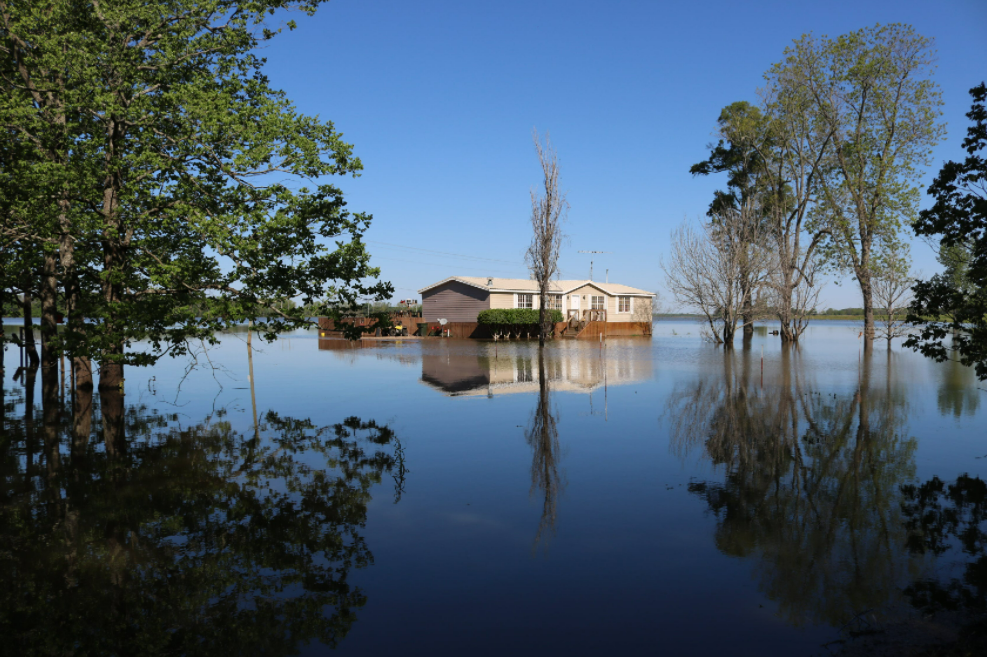Natural disasters can happen at any time in the form of tornadoes, earthquakes, hurricanes, and floods. When these happen, your home often takes the full brunt of these disasters. A situation like this can leave humans powerless against nature. It is impossible to predict or prevent such events. It can lead to considerable losses. An insurance adjuster will help you to evaluate the risks associated with the property and maximize your claim. As natural disasters such as hurricanes and earthquakes occur, they offer quick relief by providing an appropriate level of coverage to victims. You should be aware of these dangers and the steps to take after a natural disaster occurs.
Water Damage and Mold
Water damage is a common danger after natural disasters. The water may come from the disaster itself, such as in the case of hurricanes and floods. However, the water may instead be the result of broken pipes caused by high winds, freezing temperatures, earthquakes, or other issues.
Unfortunately, water can do a lot of damage quickly. It can harm nearly anything in the home, like drywall, carpeting and padding, tile floors, and even the structure of your home. Water needs to be removed and dried quickly.
However, even after the water is removed or dries, mold can form on almost any surface. Mold is a health hazard and should be removed as soon as possible. Mold can form on and behind drywall, on carpeting, and under carpeted and tile floors. There are different types of mold, with black mold being the most dangerous to your health. Mold spores can be spread by the slightest breeze, including air conditioning and the furnace. Once in the lungs, they can cause health issues.
If the mold is limited to a small area, you may be able to simply use mold removal products. However, if there is water damage to a large area, a mold removal company, like those at 1-800-BUSY-DOG, can help you get rid of the mold and restore your home.
Roof Damage
Natural disasters like hurricanes, tornadoes, and hailstorms can do a lot of damage to your roof. Damage to the roof structure, shingles, and flashing can cause major problems if not addressed soon after the storm. Structural failure of the roof is one possibility. Another possibility is water leaking into the home, causing water damage.
The first thing to do after a natural disaster is to take a look at the roof for damage. If you have an adequate ladder, you can get a closer look, however, it’s not recommended for you to climb on the roof itself, especially if you suspect it isn’t structurally sound.
Missing, cracked, curling, or otherwise damaged shingles can cause water to leak under the shingles. Damaged flashing around chimneys, vents, and skylights can also cause water leakage. Water can get into the attic, behind walls, in electrical boxes, and into ceilings to cause damage, so it’s important to check your roof as soon as possible.
Tree Damage
During peaceful times, trees might seem imposing and resilient. However, when they fall, they can do a lot of damage quickly. Large limbs or entire trees can fall on the house during the disaster, causing structural damage to the home or roof. This sort of damage is often photographed for shocking pictures on the news.
However, another danger is weakened trees or tree limbs. If a tree is damaged in the storm and that isn’t addressed quickly, parts of it may die. If that happens, there is a good chance that it could fall onto your home months later. A storm or even a breeze can send weakened tree limbs onto your home, causing further damage. You should have an arborist check the trees after a natural disaster if you suspect damage to the trees.
Your home could sustain obvious damage during a natural disaster. However, there are many types of damage that are not obvious right away. Your entire house should be checked after a natural disaster occurs to prevent problems later on.















